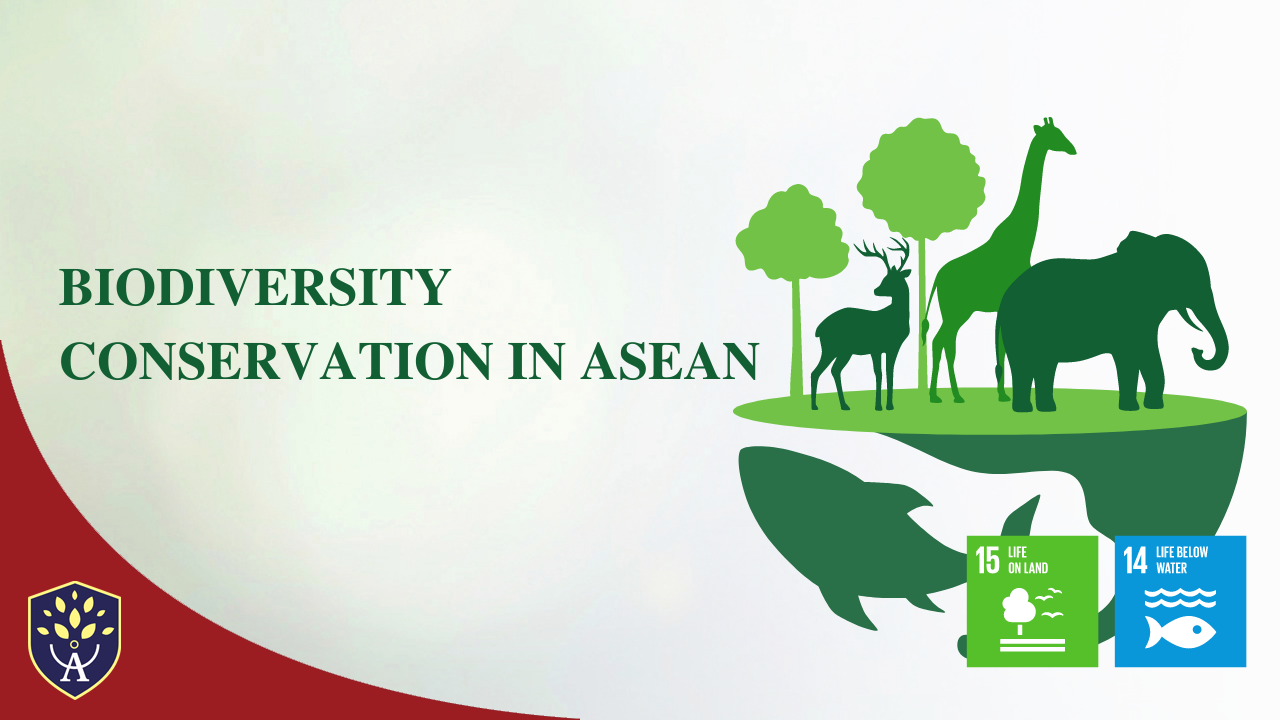Biodiversity Conservation in ASEAN

About Course
Biodiversity Conservation in ASEAN online education course originates and is solely owned by AYO Academy. This platform may include video, images, and interactive content that may differ with respect to the course category, duration, and objectives.
This course can be sourced onto the AYO Academy website as follows: the course webpage. The website shall offer progress tracking, attendance, and other necessary course information throughout the learning experience.
For contact details, shabil@aseanyouth.net and academy@aseanyouth.net
Copyright ©AYO Academy (AYO Academy is a registered learning platform by the ASEAN Youth Organization. Efforts and proven duplication of content will not be tolerated).
Course Content
CHAPTER 1: ASEAN’S BIODIVERSITY AND ITS THREATS.
-
Activity 1.1 – PRE TEST
-
Lesson 1: ASEAN’S BIODIVERSITY AND ITS THREATS.
-
Activity 1.2 – POST TEST







